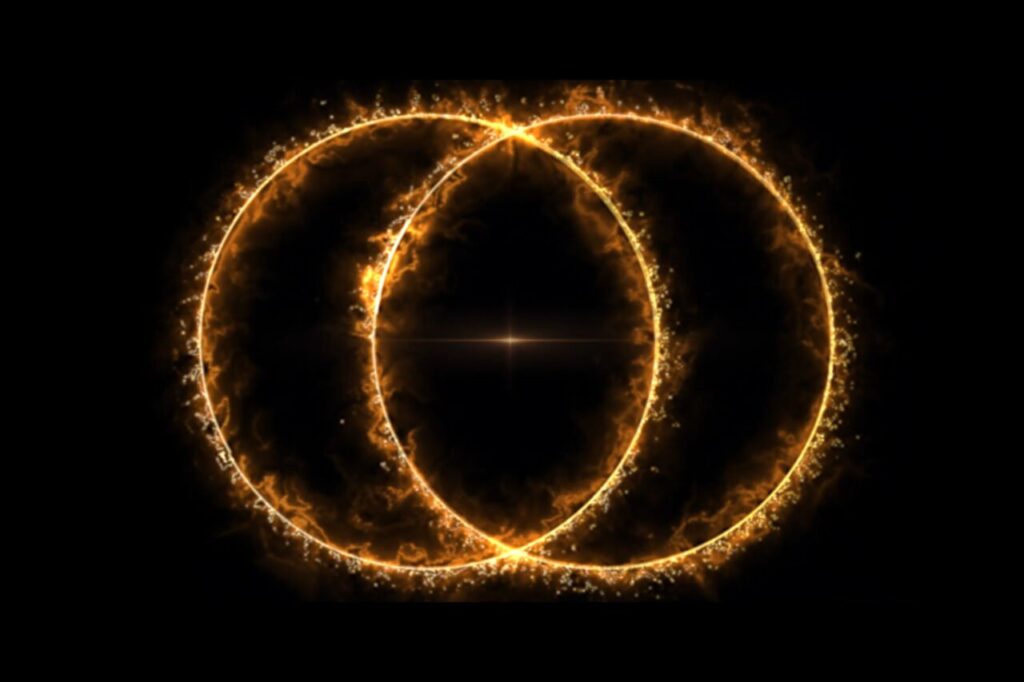
BREAKING: Citizen scientists have made a groundbreaking discovery of not one, but two vast rings of extragalactic radio signals that intersect to form a near-perfect Venn diagram. This astonishing finding was detailed in a paper published on October 2, 2023, in the Monthly Notices of the Royal Astronomical Society, marking a significant advancement in radio astronomy.
The identified phenomenon, termed “odd radio circles” (ORCs), consists of colossal rings of magnetized plasma, each spanning hundreds of thousands of light-years. These ORCs emit non-thermal synchrotron radiation, making them visible exclusively through specialized radio telescopes. This discovery is particularly remarkable as it represents the most distant and powerful ORCs observed to date.
UPDATE: Researchers have also detected two additional powerful radio signals in proximity to the rings. These signals are believed to provide critical insights into the dynamics of ORCs, which were first identified six years ago. “ORCs are among the most bizarre and beautiful cosmic structures we’ve ever seen—and they may hold vital clues about how galaxies and black holes co-evolve,” stated Ananda Hota, study lead author and founder of the RAD@home Astronomy Collaboratory.
The novelty of ORCs lies in their exclusivity to radio wavelengths. They remain invisible at other frequencies, a characteristic that has limited their detection until recent advancements in radio astronomy. Despite their intriguing nature, astronomers have yet to establish a definitive cause for these formations. Current hypotheses suggest they may be shockwaves resulting from merging galaxies or black holes, or even remnants of supernovae.
The discovery opens new avenues for understanding ORCs. Researchers propose that “superwinds” generated by powerful extragalactic events could compress dormant radio lobes, forming these rings. The newly detected radio signals emanate from two massive galaxies in a dense cluster, which are expelling potent jets of plasma and radio emissions. This interaction likely influences the formation of the ORCs observed.
“These discoveries show that ORCs and radio rings are not isolated curiosities,” commented Pratik Dabhade, co-author and astronomer at the National Centre for Nuclear Research in Poland. “They are part of a broader family of exotic plasma structures shaped by black hole jets, winds, and their environments.”
The signals were initially detected by citizen scientists using the Low Frequency Array, a sensitive radio telescope based in Europe. Professional astronomers from the RAD@home Astronomy Collaboratory collaborated to validate these findings, underscoring the vital role of human observation in the age of machine learning.
This remarkable discovery not only enhances our understanding of cosmic structures but also exemplifies the importance of engaging the public in scientific research. As astronomers continue to investigate the implications of these findings, further revelations about the universe’s workings are anticipated. Readers are encouraged to share this exciting news as it highlights the intersection of citizen science and advanced astronomy.





